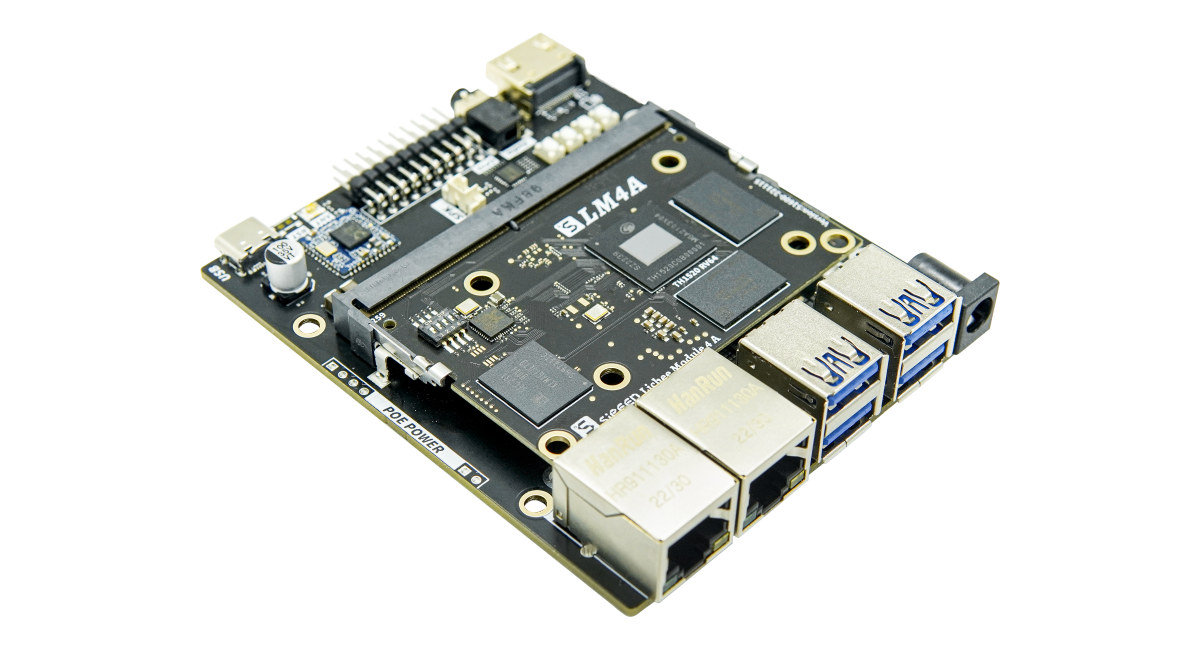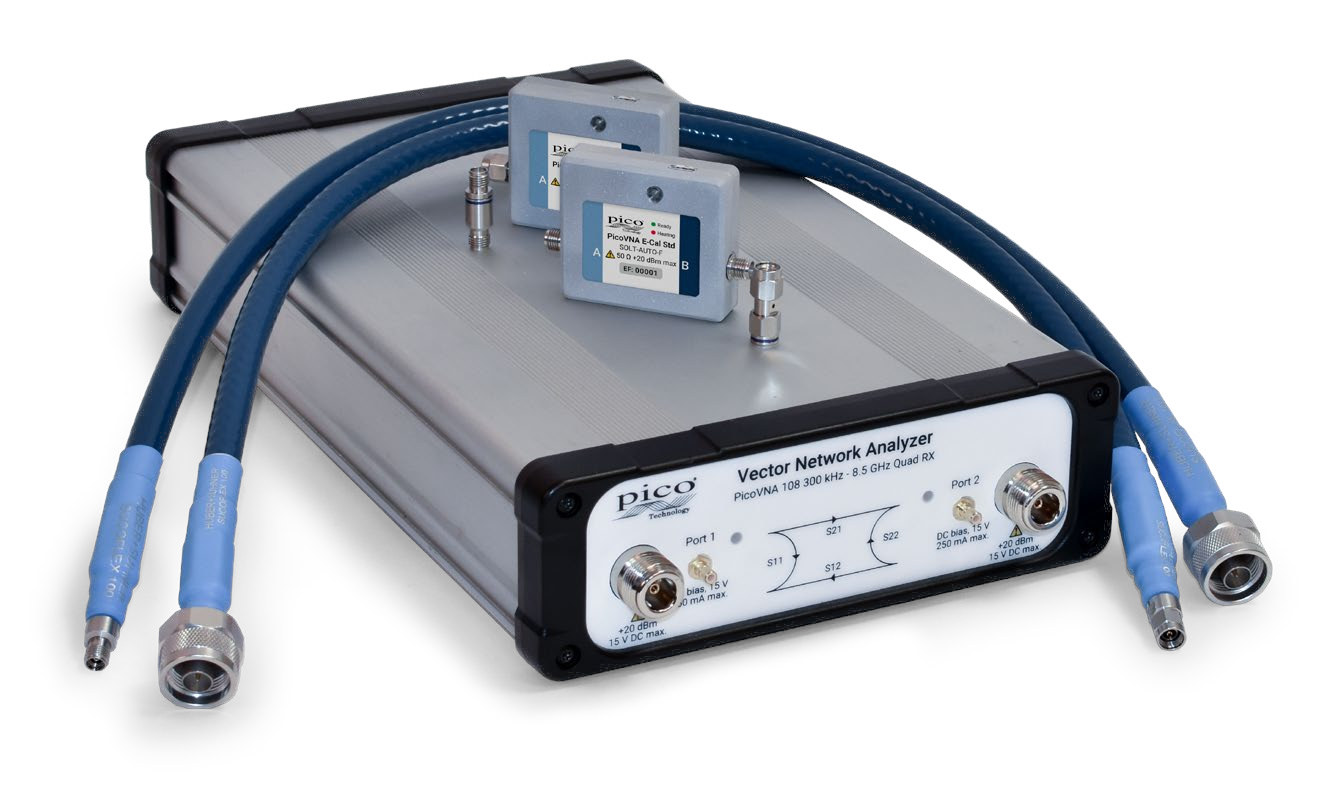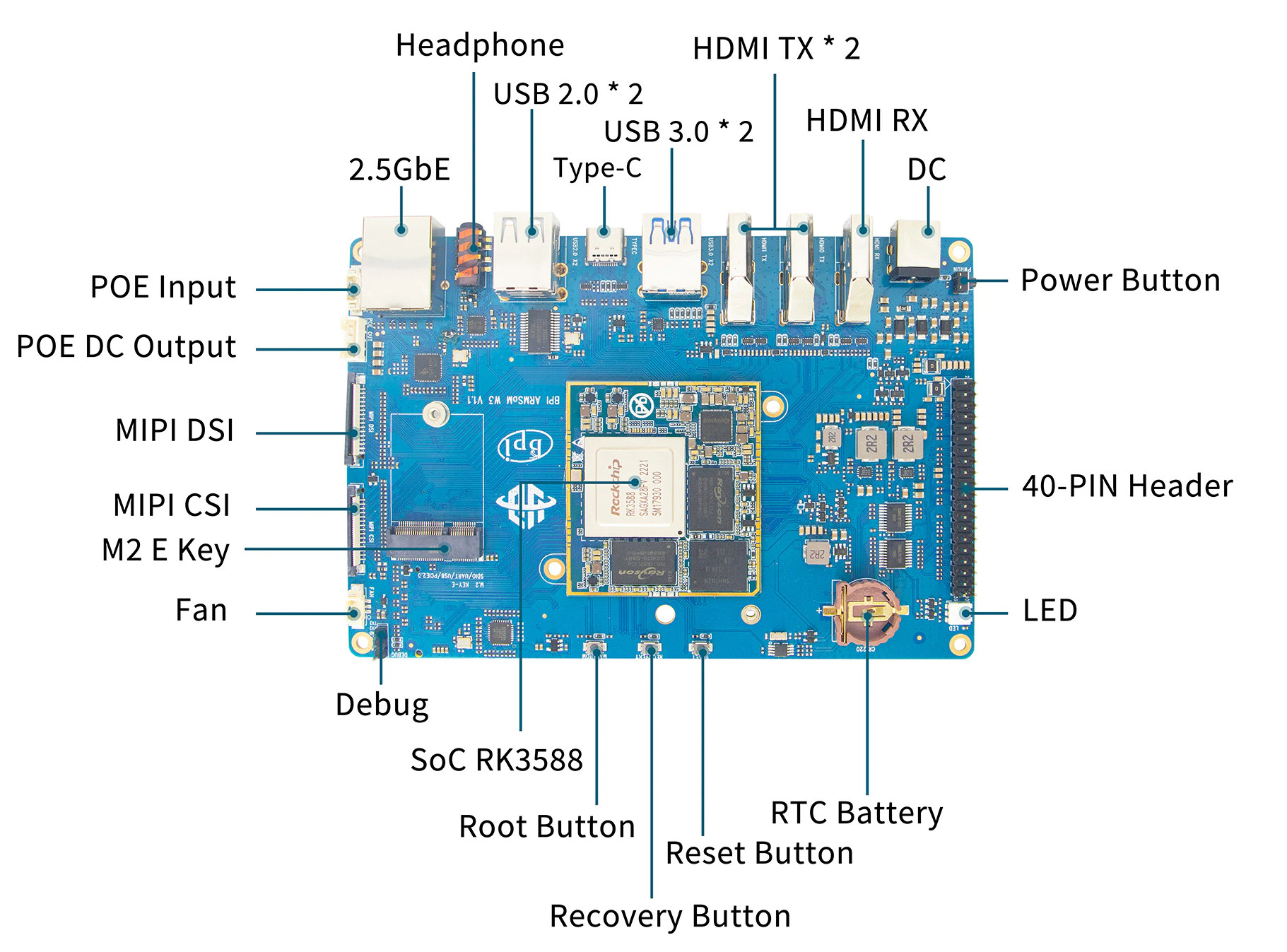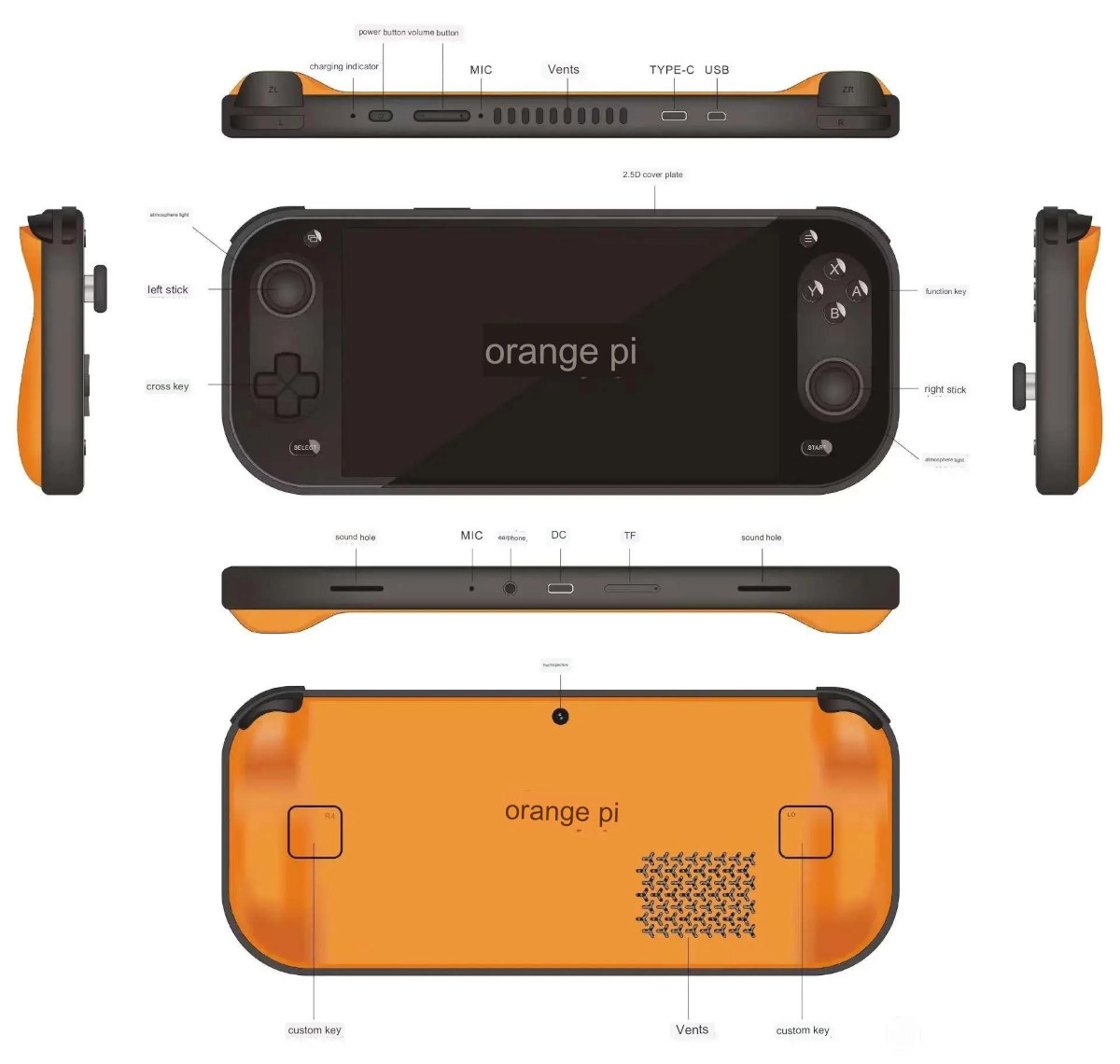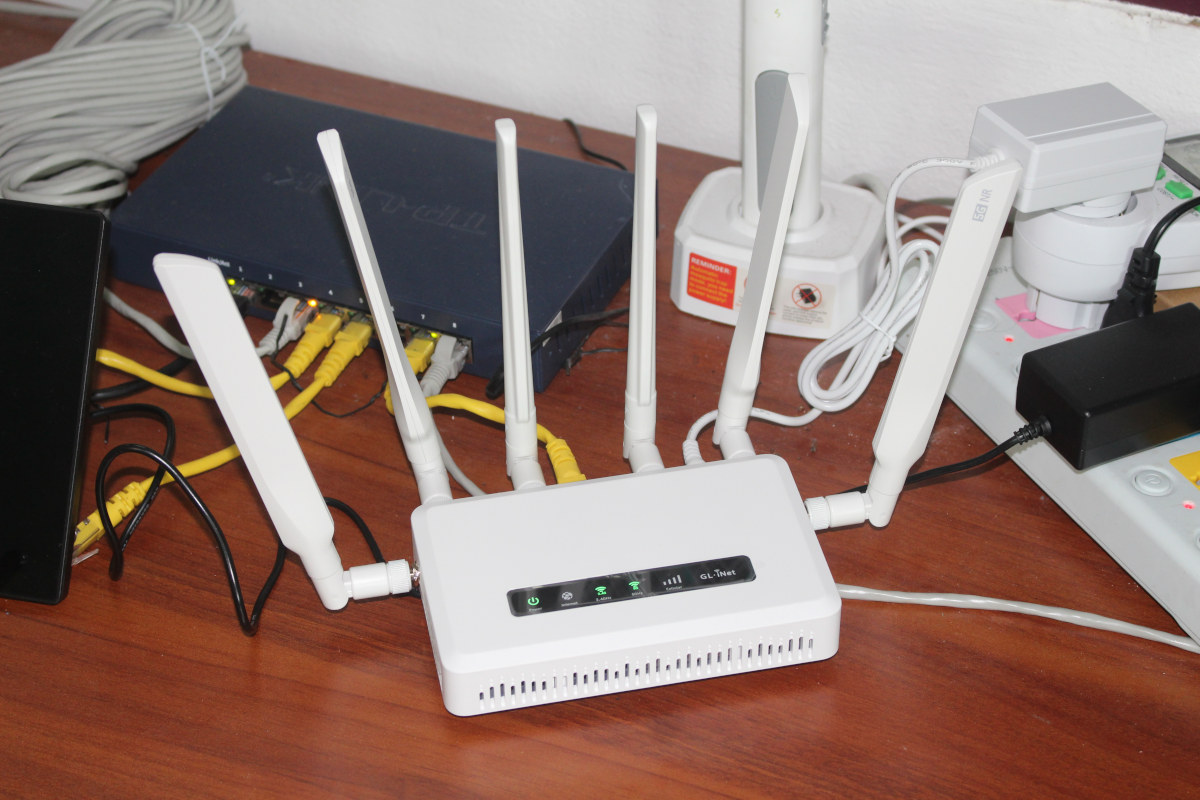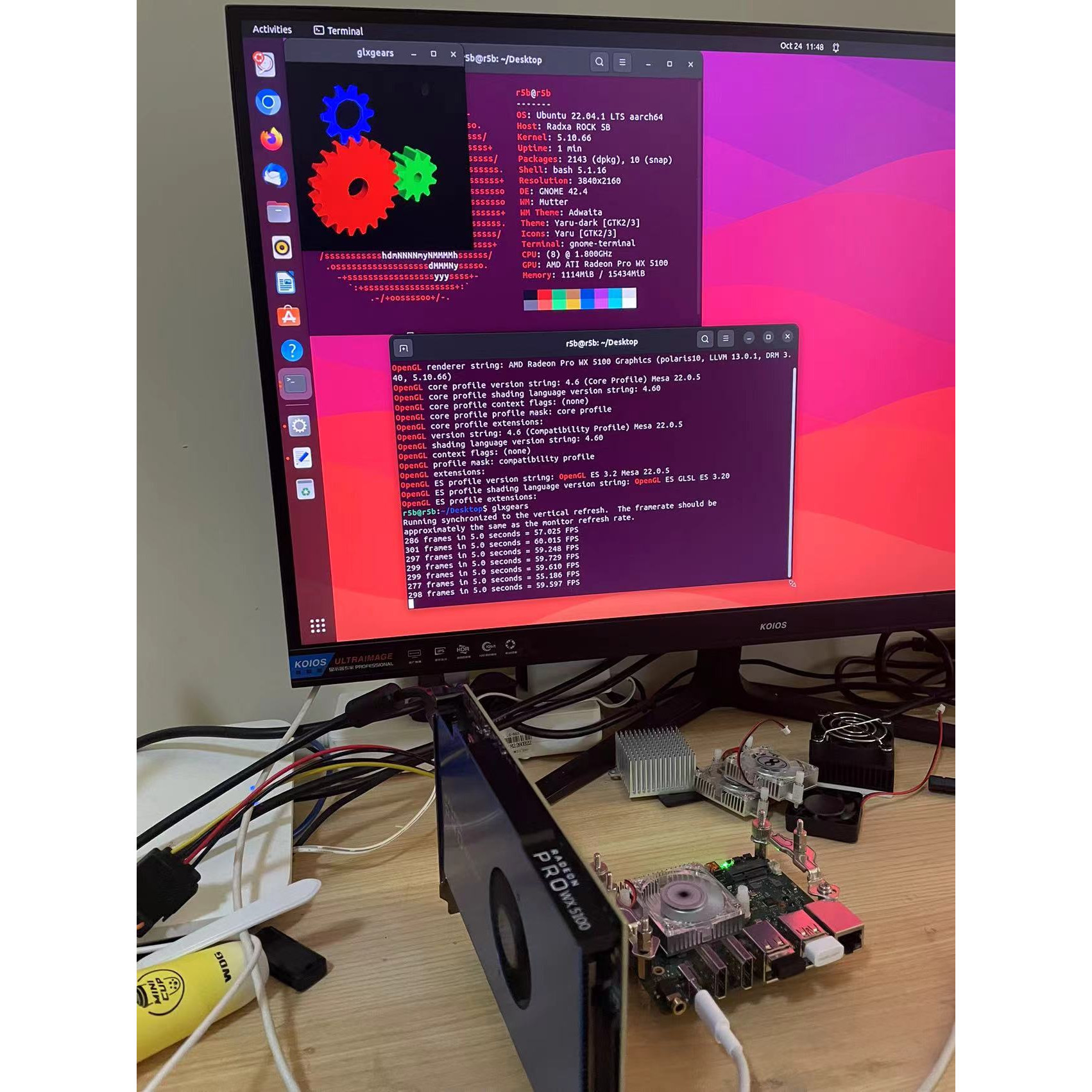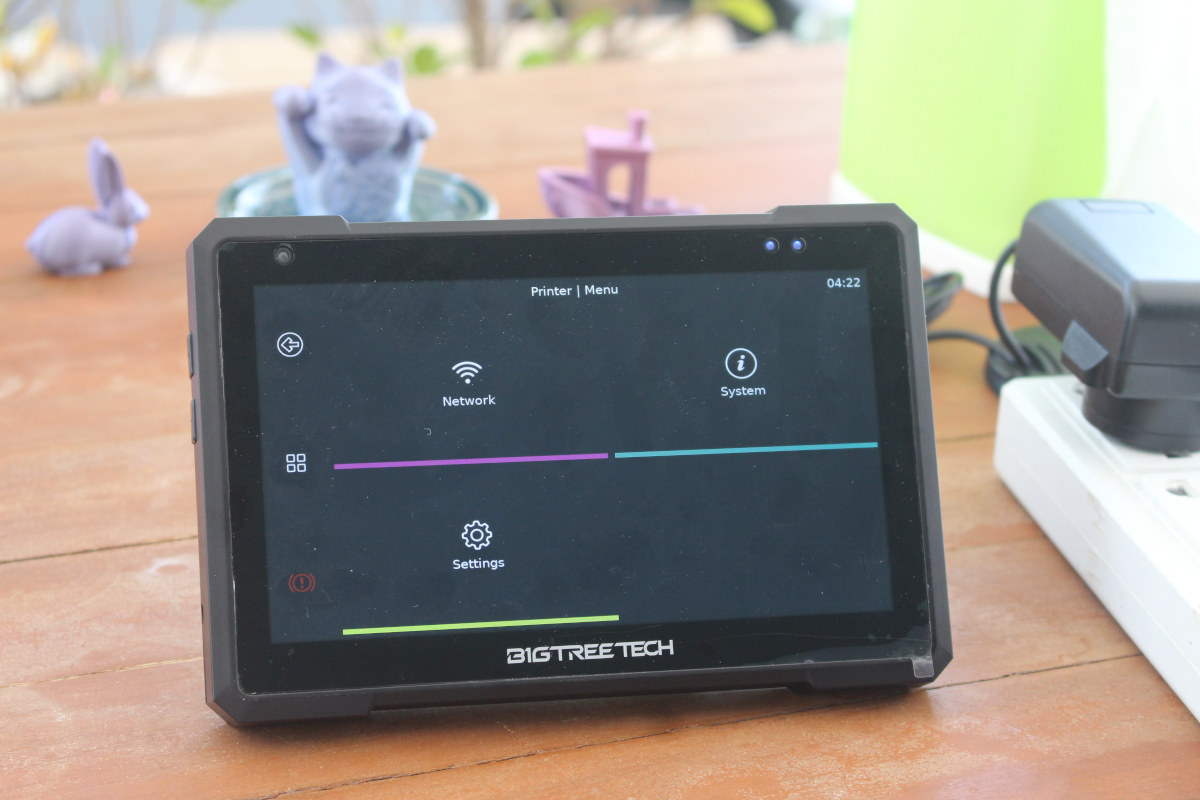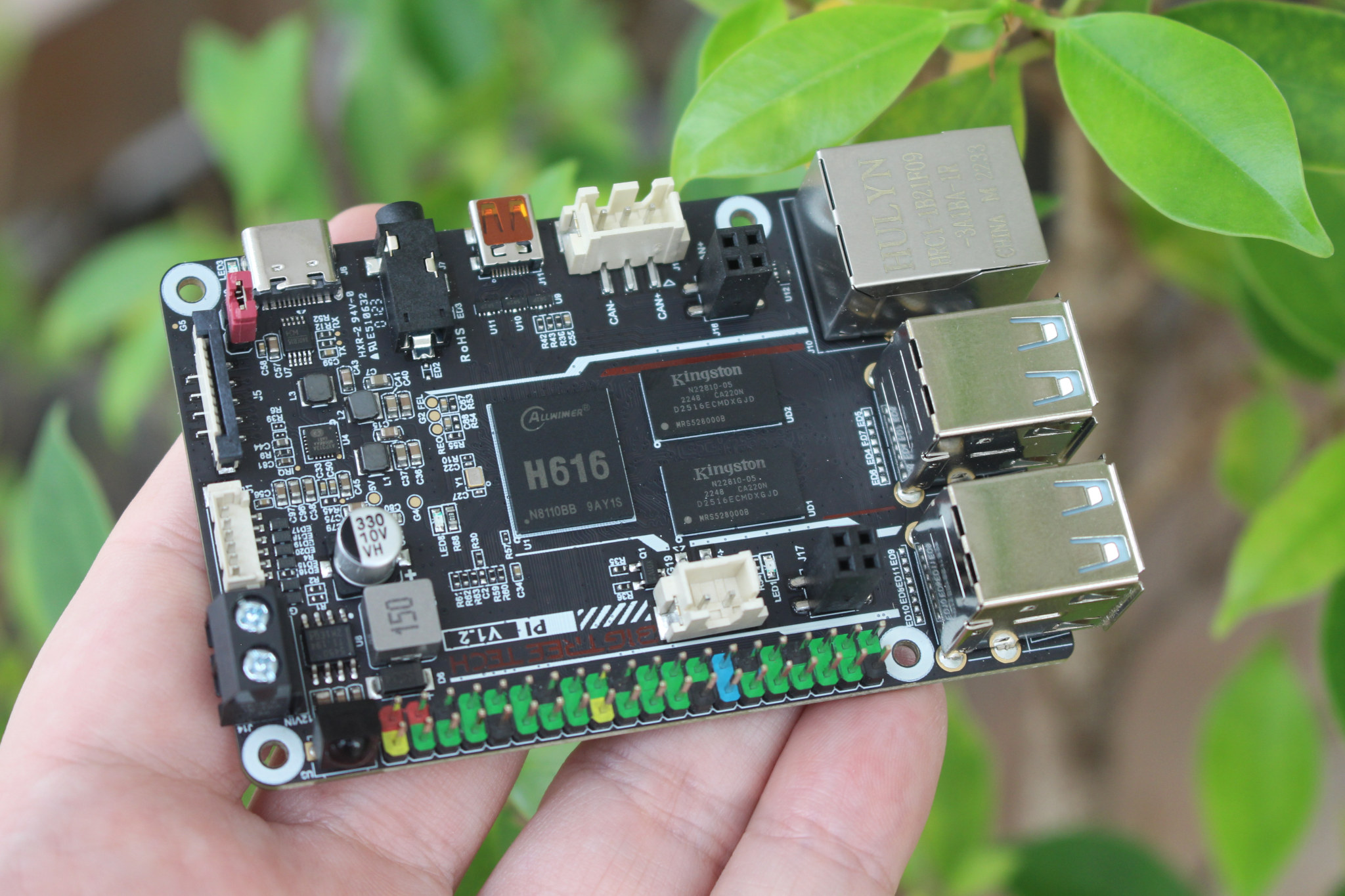Lichee Pi 4A is a single board computer (SBC) powered by Alibaba T-Head TH1520 quad-core RISC-V Xuantie C910 processor @ 2.0 GHz with an Imagination GPU and a 4 TOPS NPU for AI that can compete against the Raspberry Pi 4 in terms of performance and features. We previously mentioned the Lichee Pi 4A (LPi4A) in our article about the Sipeed LM4A RISC-V system-on-module, but at the time we only had some benchmarks for the board and no photos and specifications about the SBC. Sipeed has now released photos, published detailed specifications, and is taking orders for the board. So let’s have a closer look. Lichee Pi 4A specifications against the ones for Raspberry Pi 4. The TH1520 used to be advertised at up to 2.5 GHz, but it seems to have now come down to 2.0 GHz. Software support will include Debian, OpenWrt, and Android which should then […]
PicoVNA 5 software for vector network analyzers supports Windows, Linux, MacOS, and Raspberry Pi
Pico Technology has released PicoVNA 5 control software for their vector network analyzers for Windows x86 64-bit, Mac, Linux x86 64-bit, and Raspberry Pi 3 and greater single board computers, superseding the Windows-only PicoVNA 3 software. As a Ubuntu user, I hate it when some hardware tool forces me to install software on Windows when there’s no Linux alternative, so any company that provides cross-platform tools is making the right move. I’m also not quite sure what a “vector network analyzer” (VNA) is, so I’ll first look into the PicoVNA 106 and PicoVNA 108 6/8.5 GHz VNAs from the company. PicoVNA 106/108 vector network analyzers highlights and specifications: Frequency ranges PicoVNA 106 – 300 kHz to 6 GHz PicoVNA 108 – 300 kHz to 8.5 GHz Up to 5500 dual-port S-parameters per second > 10 000 S11 + S21 per second Quad RX four-receiver architecture Up to 124 dB dynamic […]
Banana Pi BPI-W3 SBC features Rockchip RK3588 SoM, M.2 NVMe socket, 2.5GbE, HDMI output and input
Banana Pi BPI-W3 is another Rockchip RK3588 SBC (single board computer) with 8GB RAM, 32GB eMMC flash, an M.2 NVMe socket, 2.5GbE networking, two HDMI 2.1 output ports, one HDMI 2.0 input port, and other features. We first recovered the board last summer, but at the time the RK3588 SBC came with a PCIe x4 slot and dual Gigabit Ethernet, and the company has now redesigned the board without either using instead a Rockchip RK3588 system-on-module as part of the design and implemented 2.5GbE and M.2 NVMe SSD support with the available PCIe interfaces. Banana Pi BPI-W3 specifications: SoM – BPI-RK3588 core board SoC- Rockchip RK3588 octa-core processor with 4x Cortex-A76 cores @ up to 2.4 GHz, 4x Cortex-A55 cores @ 1.8 GHz, an Arm Mali G610MC4 GPU, a 6 TOPS NPU, 8Kp60 H.265/VP9/AVS2 10-bit decoder, 8Kp30 H.265/H.264 encoder System Memory – 8GB LPDDR4 (options for 4GB to 32GB) Storage […]
Orange Pi is working on a portable gaming console with Rockchip RK3588S or AMD Ryzen 7 CPU
Single board computer manufacturer Orange Pi Ltd is working on a portable gaming console that will come with either a Rockchip RK3588S processor for Android/Linux gaming, or AMD Ryzen 7 7800U/6800U for Windows gaming. The industrial design looks to be the same for all models with a 7-inch touchscreen display, a D-Pad, two joysticks, XBOX-styled ABXY buttons, two customisable buttons on the back, two microphones, stereo speakers, three USB ports including one only for charging, The Orange Pi portable gaming console will be offered in three variants when it launches in China in October during Golden Week: AMD Ryzen 7 7840U processor with 16GB RAM, 512GB storage running Windows 11 for an early bird price of 3,000 RMB ($434 US), or a regular price of 3,499 RMB ($506). AMD Ryzen 7 6800U with Windows 11 selling for 2,000 RMB, or about $289 US (early bird price). Rockchip RK3588S octa-core Arm […]
GL.iNet Spitz AX (GL-X3000NR) 5G NR WiFi 6 router review – Part 1: Specs, unboxing, and first boot
GL.iNet Spitz AX, also known as GL-X3000NR, is a compact 5G NR WiFi 6 router running OpenWrt 21.02 on a MediaTek Filogic 820 (TM7981A) dual-core Cortex-A53 processor coupled with 512MB DDR4 and 8GB eMMC flash, as well 2.5GbE and GbE interfaces, and a USB 2.0 port. The company sent us a Spitz AX router for evaluation, and in the first part of the review, we’ll go through the specifications, and do an unboxing and a teardown, before connecting it for a first boot. GL.iNet Spitz AX router specifications SoC – MediaTek MT7981A (Filogic 820) dual-core Arm Cortex-A53 processor @ 1.3 GHz System Memory – 512 MB DDR4 Storage – 8GB eMMC flash, MicroSD card slot up 1+ TB Networking 1x 2.5GbE WAN Ethernet port 1x Gigabit Ethernet LAN port Dual-band IEEE 802.11a/b/g/n/ac/ax WiFi 6 up to 574Mbps (2.4GHz), 2402Mbps (5GHz) RM520N-GL 5G cellular modem and 2x Nano SIM card slots […]
AMD Radeon PCIe graphics card tested with a Rockchip RK3588 SBC (Radxa Rock 5B)
When Rockchip first introduced the Rockchip RK3399 processor with a PCIe interface people initially hoped they could connect graphics card, but those hopes were quickly squashed due to a 32MB addressing limit. However, the PCIe implementation on the newer Rockchip RK3588 processor does not have such a limitation, and last November, Radxa teased a demo with an AMD Radeon Pro WX 5100 PCIe graphics card connected to the Rock 5B SBC running the glxgears demo on the Radeon GPU. I couldn’t find any instructions to reproduce this setup, but this got Jasbir interested, and he tried to do a test of his own with the Radxa Rock 5B connected to an AMD Radeon R7 520 (XFX R7 250 low-profile) through an “M.2 Key M Extender Cable to PCIE x16 Graphics Card Riser Adapter” ($14 plus taxes on Aliexpress) and powered by an LR1007 120W 12VDC ATX board. The experiment was […]
BIGTREETECH Pad 7 7-inch 3D printer control display runs Klipper on Allwinner H616 SoM or Raspberry Pi CM4
Yesterday, I wrote about the BTT Pi V1.2 Allwinner H616 SBC designed for 3D printers, but also mentioned I had received the Pad 7 from BIGTREETECH which is a software-compatible, but more complete solution with a 7-inch display and an Allwinner H616-powered CB1 system-on-module compatible with the Raspberry Pi CM4. The BIGTREETECH Pad 7 should be more convenient to use with its integrated 7-inch touchscreen display, and if you ever decided you didn’t need it to control your 3D printer anymore, it could always be used as a small Linux computer running Raspberry Pi OS or another operating system. BIGTREETECH Pad 7 specifications: Supported modules BIGTREETECH CB1 v2.2 (included in the kit) – Allwinner H616 quad-core Cortex-A53 CPU with Mali-G31 MP2 GPU, 1GB RAM, 802.11 b/g/n WiFi 4 Raspberry Pi CM4 module with Broadcom BCM2711 quad-core Cortex-A72 CPU with VideoCore IV GPU, 1 to 8GB RAM, 0 to 32GB eMMC […]
BIGTREETECH Pi v1.2 – A Raspberry Pi-sized Allwinner H616 SBC for 3D printers
BIGTREETECH Pi v1.2, also known as the BBT Pi v1.2, is a Raspberry Pi-sized Allwinner H616 single board computer (SBC) specially designed for 3D printers with many of the same ports as the Raspberry Pi 3/4, but also features 12V-24V DC power input and connectors for the ADXL345 3-axis accelerometer, CAN Bus, and so on. The board is equipped with 1GB RAM, a microSD card slot to run the operating system (Debian 11 with Klipper), a 4K capable micro HDMI port, Fast Ethernet and WiFi 4 networking, four USB ports, and the usual 40-pin Raspberry Pi header. BTT Pi specifications: SoC – Allwinner H616 quad-core Arm Cortex-A53 @ 1.5GHz with Arm Mali G31 MP2 with support for OpenGL ES 3.2 System Memory – 1GB DDR3L SDRAM Storage – MicroSD card slot Video Output Micro HDMI 2.0a port up to 4Kp60 resolution SPI port for display Audio – 3.5mm audio jack […]


